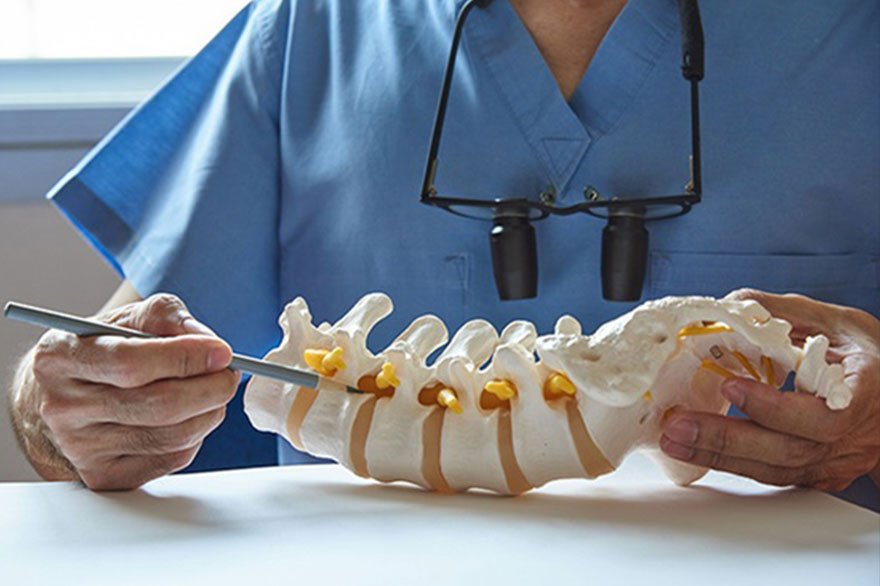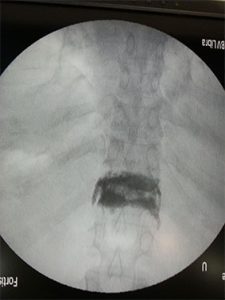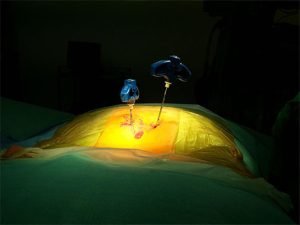🔴 Tobacco – The Silent Hacker of the Brain
When we think of tobacco, most people imagine damaged lungs, yellow teeth, or bad breath. But as a neurosurgeon, I want to share the truth that often goes unnoticed — tobacco is one of the most dangerous threats to your brain and spine.
It doesn’t shout.
It doesn’t show symptoms right away.
But it silently shrinks blood vessels, starves brain cells, damages nerves, and rewires your brain into becoming its slave.
1️⃣ Tobacco Reduces Brain Blood Flow — Silent Strangulation

Dr. Ganesh Veerabhadraiah
Consultant – Neurosurgeon, Neurointerventional Surgery, Spine Surgeon (Neuro)
23+ Years Experience Overall (17+ years as Neuro Specialist)
Available for Consultation: Jayanagar 9th Block & Kauvery Hospital, Electronic City
2️⃣ Tobacco Increases Stroke and Aneurysm Risk — A Time Bomb in Your Brain
3️⃣ Tobacco Slows Brain Healing — The Enemy After Surgery

4️⃣ Tobacco Damages Spinal Discs and Bones — A Hidden Spine Killer
5️⃣ Tobacco Causes Nerve Damage — Burning, Numbness, and Weakness
6️⃣ Tobacco Increases Spine Surgery Risk — And Reduces Its Success
7️⃣ Tobacco Addiction Alters Brain Chemistry — Your Mind Gets Hijacked
Quit Tobacco – Protect Your Brain & Spine in Bangalore
“Smoking and tobacco use damage your brain, weaken your spine, and increase stroke risk. Neurowellness Brain & Spine Clinicprovides expert support and treatments to protect your health.”
FAQs:
1. How does tobacco affect the brain?
Tobacco restricts oxygen supply, damages brain cells, and raises the risk of stroke and memory problems.
2. Can smoking damage the spine?
Yes. Smoking weakens bones, accelerates disc degeneration, and increases back pain.
3. Does quitting smoking improve brain and spine health?
Yes. Quitting reduces stroke risk, improves circulation, and slows spine damage progression.
4. Why do smokers face slower recovery after spine surgery?
Nicotine restricts blood flow, delaying wound healing and bone fusion after surgery.
5. Where can I get support to manage tobacco-related brain and spine issues in Bangalore?
Neurowellness Brain & Spine Clinic offers diagnosis, lifestyle guidance, and advanced treatments.













